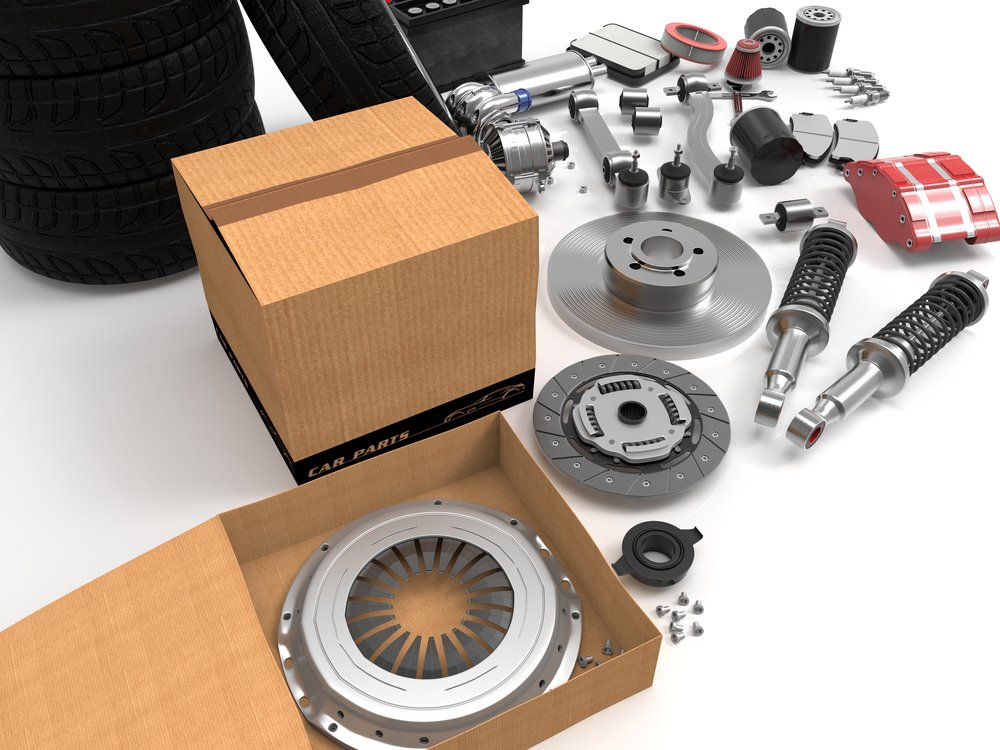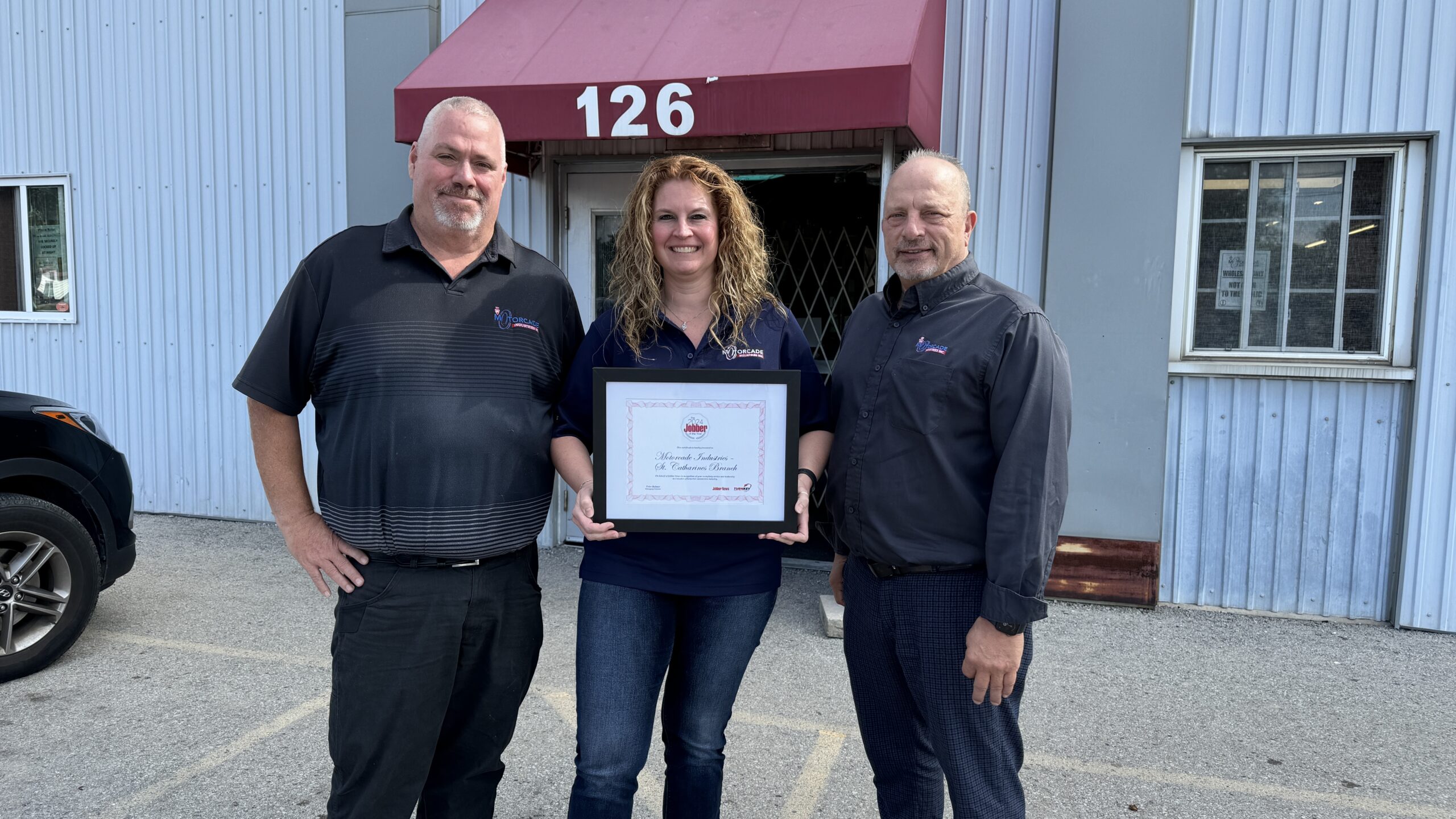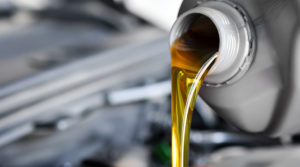
Replacement parts have historically been the largest segment of light vehicle aftermarket products but that’s been changing over the last five years, according to Lang Marketing.
Its share and growth pace have declined, leading to significant changes in the aftermarket. In its place, tools and equipment and accessories are seeing a growing share.
In 2019, replacement parts accounted for nearly 65 per cent of light vehicle product volume. However, they failed to match the growth pace of the total light vehicle aftermarket during the following five years. The COVID-19 pandemic in 2020 drastically reduced mileage on U.S. roads, impacting the annual sales share and growth of replacement parts, Lang observed.
Still, replacement parts recorded the largest dollar growth in product sales over the past five years. Lang Marketing estimated that replacement parts accounted for just over 61 per cent of light vehicle product sales in 2024.
Meanwhile, Tools and equipment achieved the highest annual product growth rate between 2019 and 2024, closely followed by accessories, Lang reported. In contrast, replacement parts and chemicals recorded annual growth rates lower than the average of all light vehicle aftermarket products.
The diminishing share of replacement parts has significant consequences for the aftermarket, Lang noted.
Increased costs for managing parts proliferation
As replacement parts represent the vast majority of products necessary for vehicle operation, their declining market share makes it more costly for aftermarket participants to manage parts proliferation. Despite slipping in market share, replacement parts must be readily available to keep cars and light trucks on the road.
Shift in product volume
The changing share of the four major product groups — replacement parts, chemicals, accessories and tools and equipment — is shifting product volume among the five distribution channels supplying the light vehicle aftermarket. The declining share of replacement parts, which generally require local availability for rapid vehicle repair, is lowering a critical market-entry barrier and making it easier for e-commerce to expand its aftermarket supply footprint.
Rise in discretionary purchases
As replacement parts recede in share, a growing portion of aftermarket sales comprises discretionary rather than non-discretionary purchases. This rise in discretionary product share makes the light vehicle aftermarket more sensitive to economic changes and fluctuations in consumer income and purchase behaviour.
As a result, the aftermarket becomes less countercyclical to general economic conditions and less of a “recession-resistant” industry.
Image credit: Depositphotos.com













Leave a Reply